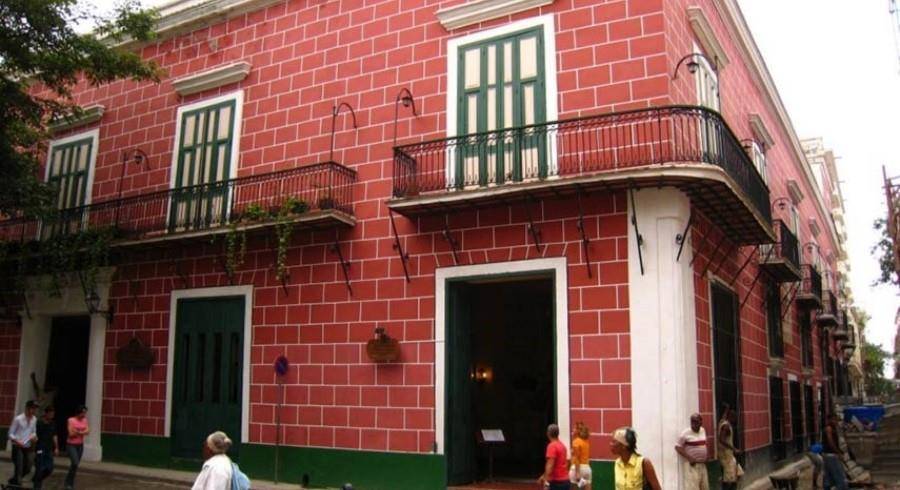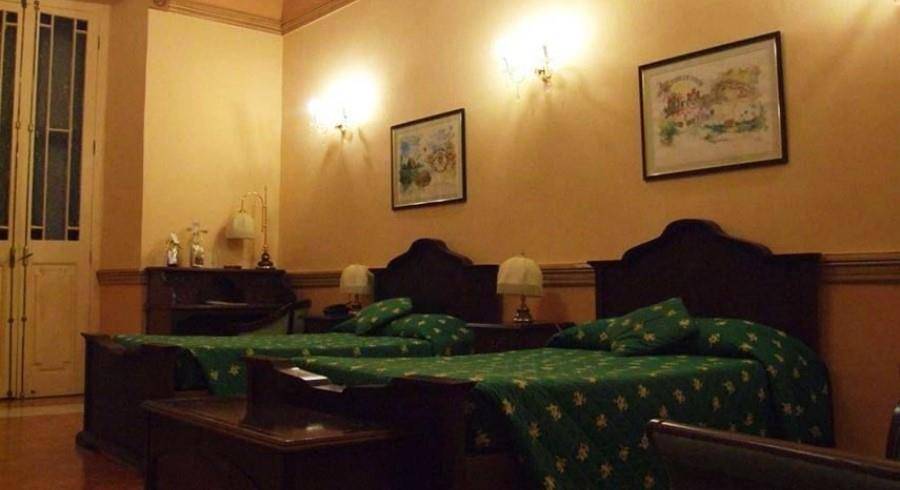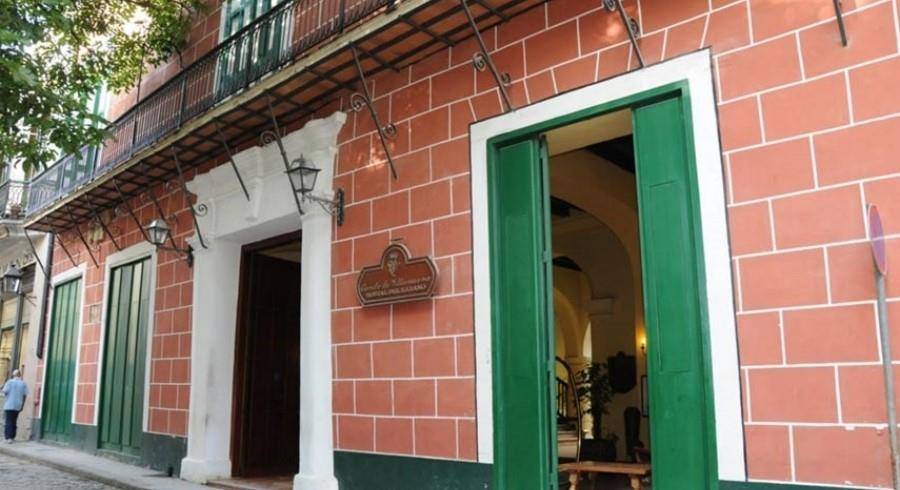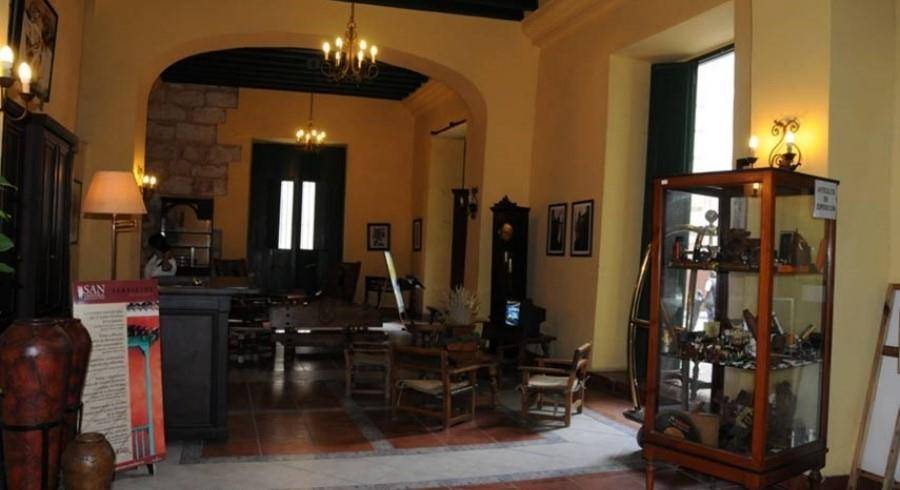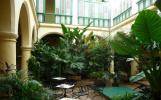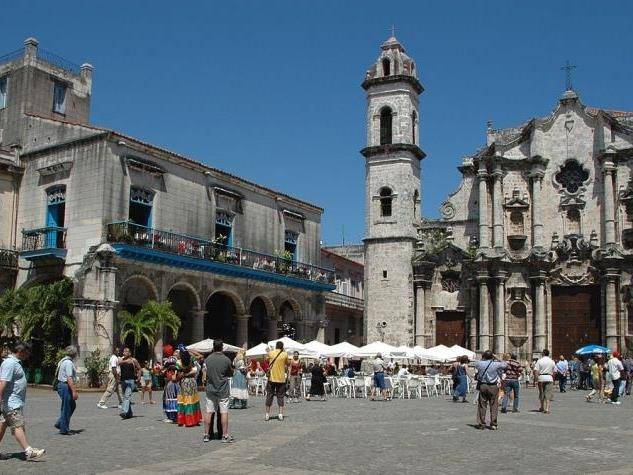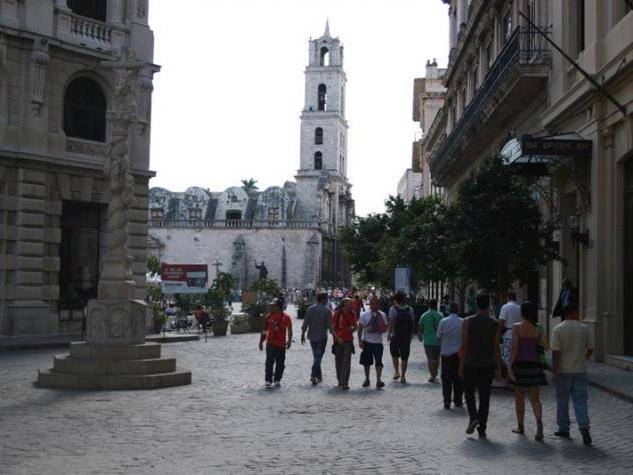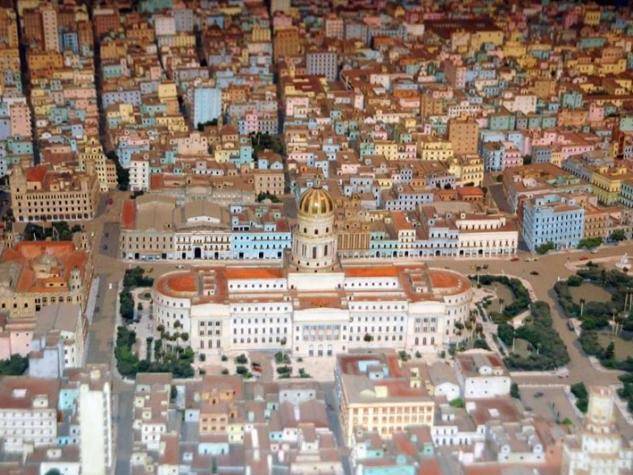About
Conde de Villanueva
The Hotel Conde de Villanueva runs a very close second to the Hotel Santa Isabel and indeed some of our clients prefer it for its quieter location. The building is the pretty little mansion of Claudio Martínez de Pinillos, Count of Villanueva, the leader of Cuban Creole society in the nineteenth century. It was restored and is now run by the Office of the City Historian of Havana, so all its profits are reinvested in the restoration of the city’s historical centre.
The Hotel Conde de Villanueva has been designed for the special enjoyment of cigar smokers - each of the rooms is named after a famous Cuban tobacco plantation, and the very best cigar shop in the city is tucked away secretly in the mezzanine floor of the hotel. Passionate aficionados can even rent their own personal humidor there, rather like a vault in a Swiss bank.
However, you don’t have to be a smoker to enjoy the colonial courtyard full of flowers and mahogany rocking chairs, and the fact that the hotel only has nine rooms causes our more discerning clients to book the whole place for themselves and their friends when they come to Havana for special parties.
The Hotel Conde de Villanueva is on the corner of Mercaderes and Lamparilla streets in Old Havana, about 2 minutes’ walk from all the most important places to visit in the historical centre.
.


